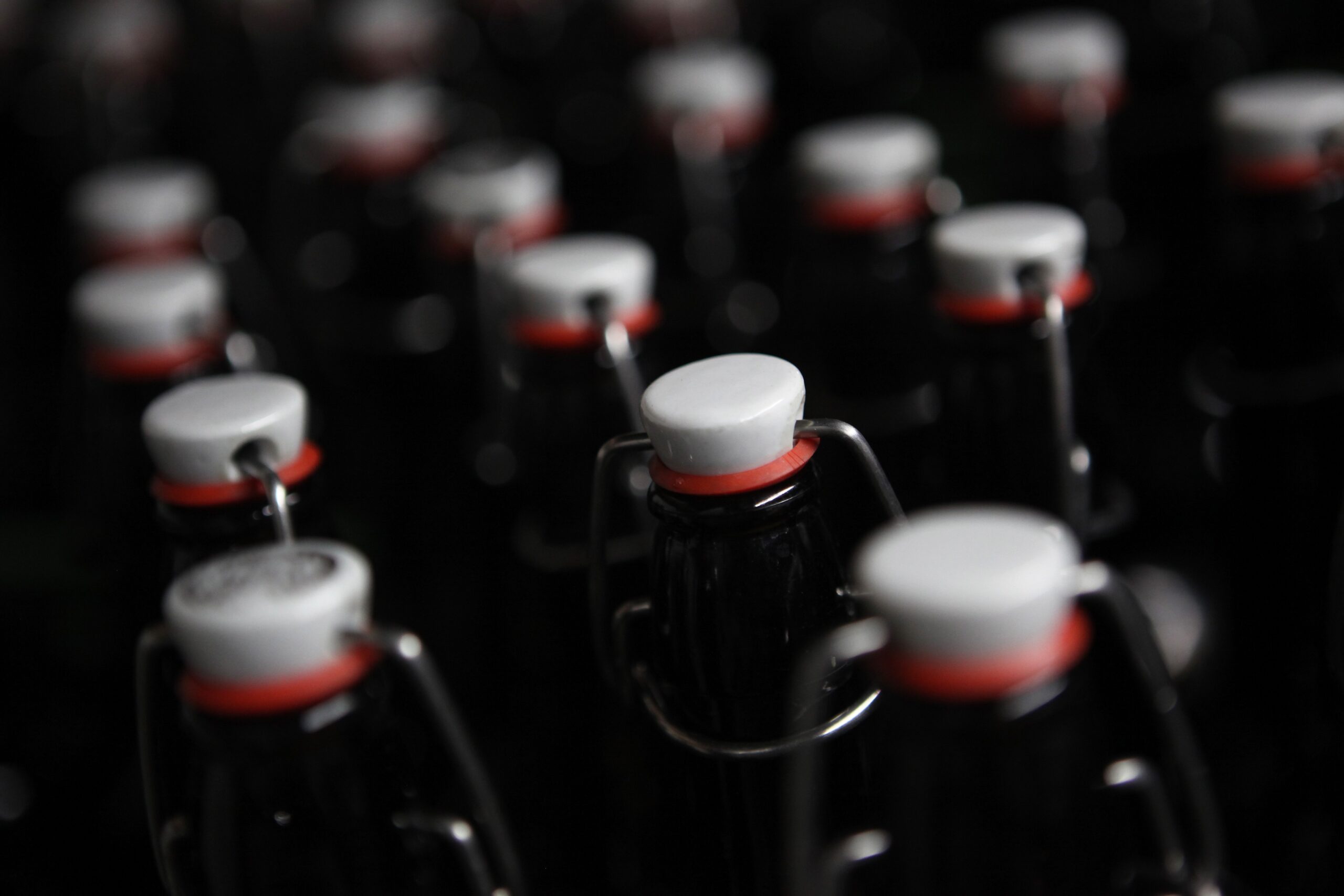A major part of the world’s production of craft beer has its origin in Great Britain. The term Ale refers to highly fermented beers. These are produced in the top section of fermentation tanks and at a temperature of up to 24°C. They are the most versatile and varied style but not the most extended in the world. The biggest in the United Kingdom are Pale Ale, Indian Pale Ale, Stout, Porter and Scotch Ale, with many subtypes to each of them.
The lager style dominated the market in the 20th Century in detriment of ales, a style that had seen a certain decline in the quality of its production. This was the case up until 1971 when a group of journalists founded CAMRA (CAMpaign for the Revitalisation of Ale), a pressure group that vindicated for an improvement in the production of authentic British beer. From that moment onwards ales aged in barrels began to be called Real Ale, a synonym of good beer. These two words began to appear in the facades of all the pubs in Great Britain.
The success of the CAMRA went far beyond the borders of the UK, managing to revitalise the production of craft beer at an international level. Today excellent microbreweries can still be found in the UK.
In England the Meantime Brewery, Kernel Brewery, Magic Rock, Siren Brewery and Thornbridge Brewery, amongst others, are proof of it. In Scotland Traquair House or the famed Brewdog Brewery can be enjoyed practically in every country in the world and are also proof of the good quality of craft beer present in Great Britain, stepping away from that concept of a warm, light and only slightly carbonated product that is sometimes applied to ales.
The beer industry owes a lot to the British know-how. Their productions in combination with in-house malts and hops added to an imperial vision have not only helped stimulate the expansion of ales, but they have also boosted the rise of new styles that originate from the necessities of travel and the export destinations.

